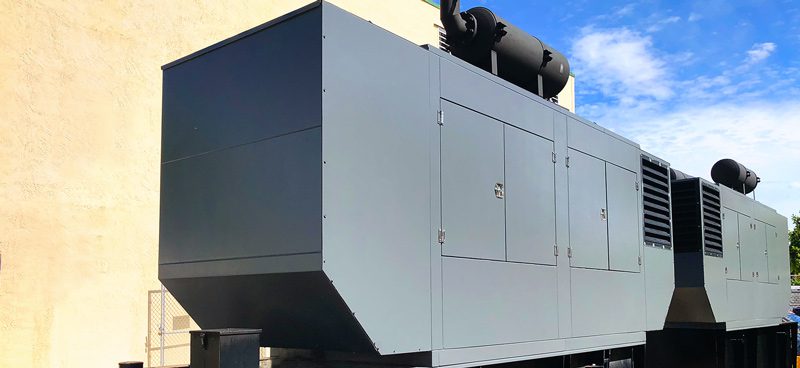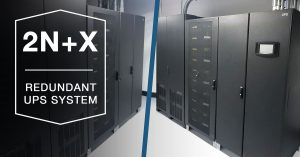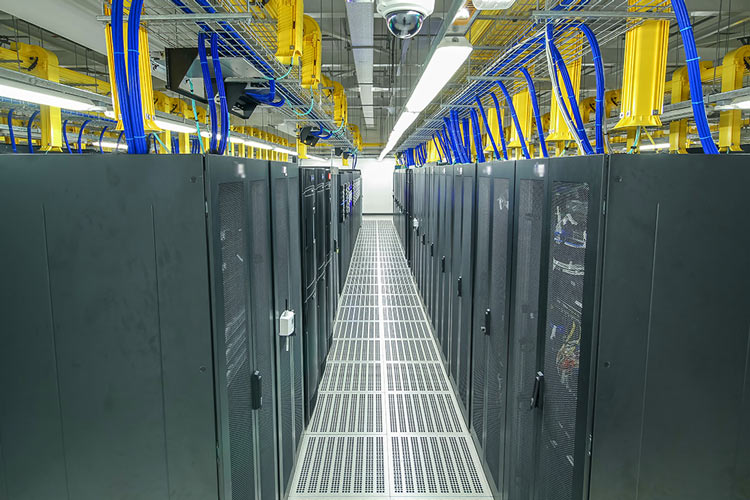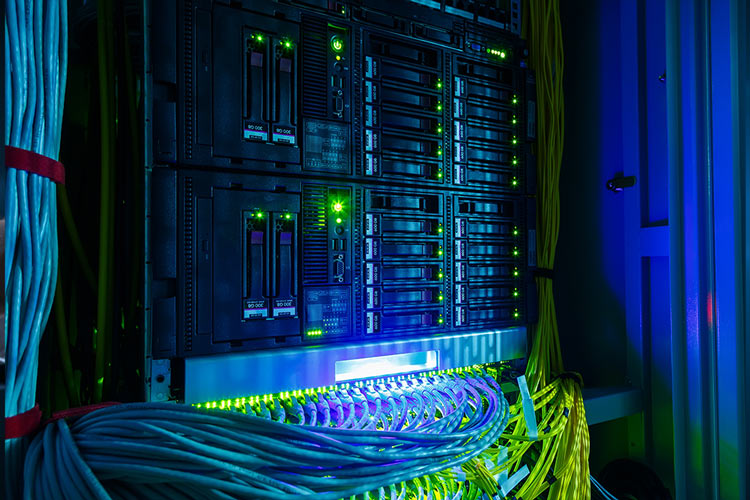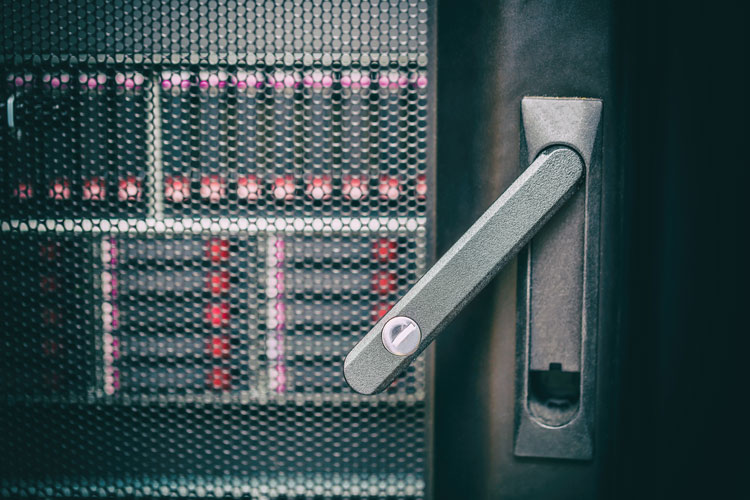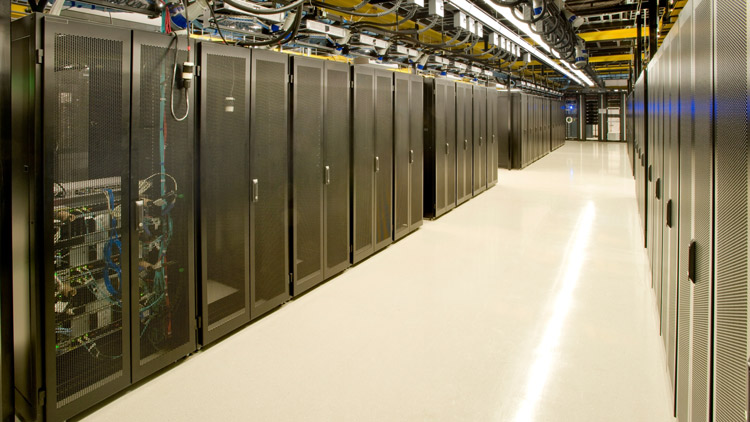Businesses of all types (healthcare, financial, retail, communications, service professionals, etc.) need to ensure their computer operations are constantly running. Downtime means lost customers, damage to the reputation of the company, and other financial losses. Company computers need to have high availability, which means they need to virtually never fail.
More and more businesses and organizations rely on high-availability data centers to keep their systems and data continually operating and available.
Why Is Data Center Redundancy Necessary?
Unfortunately, there are many parts of a company’s information system that can fail. The systems can suffer damage due to attacks, poor programming, natural disasters, and other problems. Part of any availability strategy is to be able to troubleshoot any emergencies or disasters quickly.
Information systems need to be redundant – meaning the data center should replace a failed system with a workable system immediately. Redundant data centers allow the company to remain operable while giving the company and the data center the time to determine precisely why the system failed so that these problems do not recur.
Company IT personnel need to work with the data center to determine the proper level of redundancy. Backing up an entire system can be quite costly, but backing up just part of the system may mean that the company cannot provide essential services. Knowing the specific level of redundancy needed for a company to resume operations is paramount.
To make this determination, companies should consider the following:
- To what prior date can systems be restored at maximum – a week prior to the emergency, a day earlier, an hour?
- How long can the system be down before actual economic losses begin?
- Which programs depend on other programs?
The answers to these questions can help determine the level of redundancy the company needs to remain operable. The level of redundancy present in a data center is directly correlated to the cost of operation, and therefore the price of the service to the client. For clients that require unfailing reliability due to their business model, higher levels of redundancy are necessary; for those that do not, lower levels of redundancy are acceptable.
Of course, lower levels of redundancy mean increased potential downtime over the long term. Less redundancy will result in potential downtimes that can last for hours or days with zero access to corporate data. More redundancy will result in less downtime but increased costs; however, if your business model requires as little downtime as possible, this is often justifiable in terms of profit and overall net growth.
Different Levels of Redundancy: 2N and 2N+1 vs. N+1 and N+2
Server redundancy is generally measured in N ratings, with N representing the infrastructure necessary to keep a data center running at full capacity under a specific workload. In practical terms, this usually refers to the cooling capacity and uninterrupted power supplies, but can be used in other contexts as they pertain to server redundancy.
Naturally, N is a baseline measure of functionality without redundancy. Few data centers operate at this level, as the excessive amounts of downtime in such a facility would quickly cause any clients to take their business elsewhere. Thus, the industry standard for minimum redundancy is N+1. This redundancy level assures that, for every four components in use at a data center, there is a backup that can be fallen back on in the event of failure or maintenance.
N+2 takes this principle to the next logical step, with 2 redundant component units for every four units in use. This generally improves reliability by a substantial amount, allowing a data facility to sustain more extensive maintenance or failure while still maintaining a full workload. When implemented in data centers servicing clients with moderate reliability needs, this is often sufficient for client retention.
A 2N redundancy rating ensures substantially improved reliability by ensuring that there is a duplicate unit available for use during maintenance or failure for every component in use. This is the minimum level of redundancy required by companies or institutions which require near-complete reliability, such as hospitals, police departments, and research and development labs.
2N+1 is the last commonly used level of redundancy, with a redundant component for each unit in use at the data center, with an additional unit for every four components. Data centers that implement 2N+1 redundancy can reliably guarantee periods of downtime that last no longer than 26 minutes per year. While there are higher levels of redundancy, these are seldom used by any clients but those with ultra-demanding reliability requirements.
How Does Data Center Redundancy Work?
There are different levels of redundancy that need to be considered. N+1 is generally the weakest, 2N is stronger, and 2N+1 stronger still. The best way to analyze these terms is, to begin with, an example. As we discussed earlier, these are the standardized levels of redundancy and availability; but how does it work exactly? In the following section, we’ll illustrate the functionality of N +1, N +2, 2N, and 2N +1 server redundancy in simple terms.
If you are holding an event in which N people need to sit, then minimal planning dictates that you have N+1 chairs. The extra chair is in case one breaks. N+2 is somewhat better – it means two chairs can be replaced. A better strategy is to have 2N chairs (two chairs for each person). With 2N chairs, you don’t have to worry about how many chairs break or malfunction. You will always be ready to reset the whole table with a full set of chairs for everyone.
The second advantage of 2N chairs is that, even if just a few breaks, you can send everyone to a different table with the second set of N chairs. While the guests are in the second table, you can inspect all the chairs from the first set – the ones that broke and the ones that might break.
2N+1 just means you have twice as many chairs as you need plus an extra one to boot.
Now the comparison to computer information systems. N+1 means you have enough components to handle an emergency plus one extra component. The problem is that you can still only use one circuit, one generator, or one feed.
With 2N components, the data center can use a second circuit, generator, or feed to get the operations running without consideration as to whether the original damage was a partial or full failure. 2N+1 redundancy provides the availability of the double feed plus another component for extra protection.
Of course, these systems are not fail-proof. There is always the possibility that a duplicate server can fail, or that the nature of a given disaster is such that no level of redundancy will suffice to resume operations promptly. This is why redundancy is just one piece of a comprehensive disaster recovery plan.
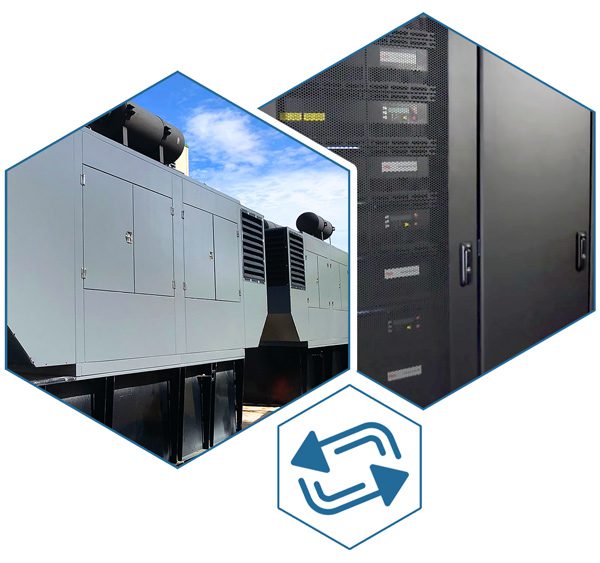 Make your systems highly available by maximizing the redundancy to replace or fix them
Make your systems highly available by maximizing the redundancy to replace or fix them
Today, the demand for information is constant. Companies that are offline for any length of time are at risk of losing business to competitors. Data centers are a valuable tool in helping companies ensure that their staff and customers have access when they need it. The best data centers work to keep your company online by maximizing the redundancy of operations when an emergency occurs. For more information on how data centers can be your best disaster protection resource, call Volico at 888-865-4261 and speak with our professionals today.
Ready to See How Volico Data Center Can Help You?
Got questions? Want to talk specifics? That’s what we’re here for.
Have one of our friendly experts contact you to begin the conversation. Discover how Volico can help you with your Data Centers’ needs.
• Call: 888 865 4261
• Chat with a member of our team to discuss which solution best fits your needs.

